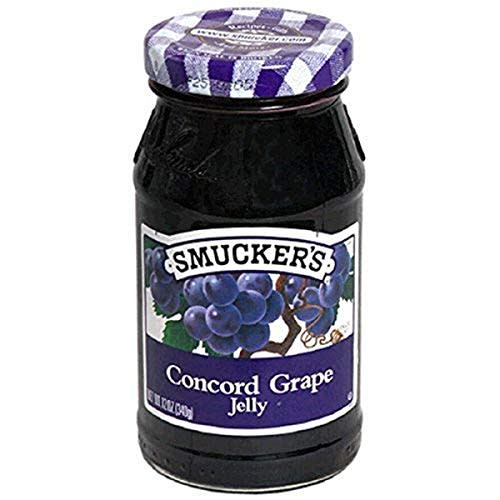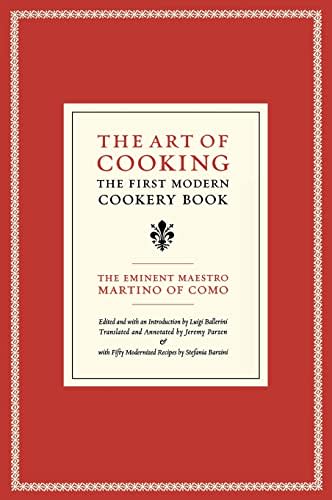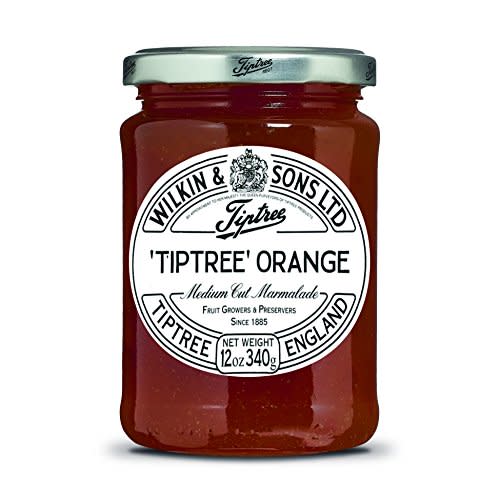When Jelly Really Isn't Your Jam: Let's Settle the Debate Between Jam vs. Jelly
What do you like to have with your peanut butter: jam or jelly? It's not a trick question. They are definitely not the same thing. Although most of us might say that we're making a peanut butter and jelly sandwich, we may not be actually using jelly at all. The difference between jam vs. jelly is all about the texture and intensity of flavor. You will most likely have a strong preference for one over the other. That being said, you may be someone who prefers either a marmalade or preserves, which raises even more questions.
When you find yourself in the jam and jelly aisle at the grocery store, you will find that the jars look pretty much the same. However, if you take a good look at a jar of jelly, you probably will be able to see all the way through the jar. Jam, on the other hand, may look a little darker and less translucent. So, even though they contain similar ingredients and are made in the same basic way, what makes them different?
We'll go over the key differences between jam and jelly so that you will hopefully never mistake the two again! Here is everything that you need to know about these popular spreads. (We'll even clear things up about marmalade and preserves as well.)
Here at Parade.com, we're all about sharing products we love with our audience. When you make a purchase on an item seen on this page, we may earn a commission, however, all picks are independently chosen unless otherwise mentioned.
Related: Does Peanut Butter Go Bad? How To Tell if It’s Time To Toss That Old Jar of PB
Jam vs. Jelly
First of all, jam and jelly are both made in similar ways. They both have a form of fruit and sugar and sometimes pectin. The key difference between the two is that jelly is made with only the fruit juice and jam contains the juice as well as mashed pieces of the fruit.
If you like a smooth gel consistency, you will probably like jelly better. However, if you like a thicker consistency, then jam will be your favorite.
Related: Everyone's Saying This New Hazelnut Chocolate Spread Is Better Than Nutella—Here's My Verdict
What Is Jam?
Jam is made up of cooked fruit, sugar, acid and pectin. The fruit is either chopped, crushed or pureed, which results in a lumpier texture. It tastes more intense and natural than jelly and is a popular choice for sandwiches.
A raspberry or blackberry jam may contain some of the seeds, which just adds to the natural feel of the jam.
What Is the Most Popular Flavor of Jam?
If you've ever made your own jam, you know how fun it is to pick your own berries to use in the jam. Out of all of the popular berry favorites, strawberries are the most liked.
Bonne Maman Assorted Mini Jams - Strawberry, Apricot, Raspberry, Orange Marmalade, Cherry - 8.82 ounces total
What Is Jelly?
Jelly is cooked similarly to jam, except it doesn't contain any of the fruit pieces at all. It gets its fruit flavoring from only the juice. This is why jellies tend to have less flavor and a more translucent look. Although the consistency of jelly is smoother, it also has a more solid gel-like texture.
What Is the Most Popular Flavor of Jelly?
It probably comes as no surprise that concord grape, which was the first flavor introduced in 1923, is still the all-time favorite.
Smucker's Concord Grape Jelly, 12 oz (340 g)
The History of Jam and Jelly
It is thought that the first fruit jams were made in the Middle East way back in the 4th or 5th century. The oldest surviving cookbook called "De Re Coquinaria" or The Art Of Cooking has the first record of a recipe for fruit preserves. These first preserves were made with honey instead of sugar. Jams made with sugar began when Crusaders introduced the concept in 1099.
The Art of Cooking: The First Modern Cookery Book (Volume 14) (California Studies in Food and Culture)
Since sugar was so expensive at the time, jams and jellies were considered delicacies enjoyed by royalty. The luxurious treat didn't get enjoyed by commoners until the 19th century—this is when large-scale production of jams and jellies really took off.
In the U.S., Ephraim Wales Bull cultivated the perfect grape in 1869 which was called the Concord grape. At that time, he launched his grape juice company. Then, in 1918, Welch's made its first jam product called Grapelade and the United States Army bought the entire inventory. They used it to ship to France for the troops to enjoy during World War I. Then, when the troops returned home, they wanted more of the jam and the company produced more and the Concord grape jelly was debuted in 1923.
Related: 17 Small-Batch Jam Recipes That Don't Require Canning or Pecti
What Are Preserves?
Preserves are very similar to jam—they are just a little thicker because of using larger pieces of fruit. In fact, some of the fruit is completely whole. It's harder to spread on a sandwich than jam or jelly. In fact, you'll find that the fruit will be suspended in a syrupy mixture. Typically, preserves are used as an ingredient in both savory and sweet dishes.
Bonne Maman Preserves, Variety Pack (Strawberry, Raspberry, Wild Blueberry, Cherry), 13 Ounce Jars (Pack of 4)
What Is a Marmalade?
A marmalade is a fruit preserve that must contain citrus fruit. The most common fruit is oranges, but marmalade can also be made with lemons, limes or grapefruits. Marmalades will also contain some of the peel of the fruits.






